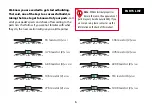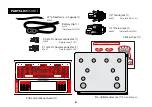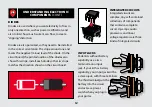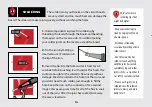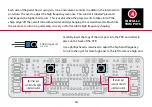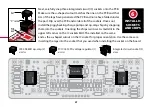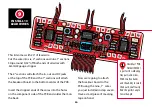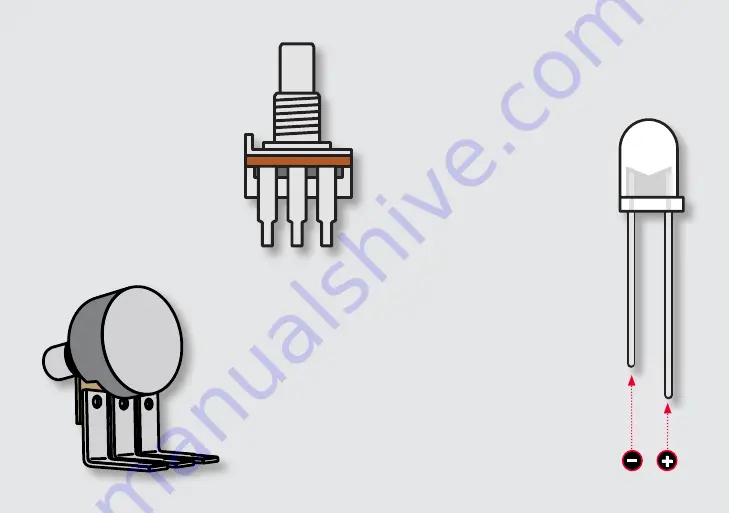
13
POTENTIOMETER
A potentiometer, or pot, is a variable
resistor. This means as the knob shaft is
rotated, the DC resistance will change.
There are three lugs or soldering
terminals on a conventional
potentiometer. The outside two
are the ends of the resistive strip,
and the center lug is connected
to the “sweeper.” The sweeper
allows you to vary the DC resistance
relative to its position along the
resistive strip, or relative to the outer two lugs.
Potentiometers come in two
varieties, linear-taper and
audio-taper. The linear-
taper pot’s taper works at a
1:1 ratio. Audio taper, has a
special logarithmic ratio.
Audio taper is used because
our ears don’t hear
changes in volume in a linear fashion as you might
expect. As the volume increases, a greater change
in signal or sound-pressure is required to perceive a
smooth transition.
LED
LED stands for Light Emitting Diode,
and functionally LEDs are very similar
to regular diodes. LEDs are most often
used as indicator lights in pedals. They are
polarized just like diodes and electrolytic
capacitors and must be installed in the
correct orientation to work. The positive
(anode) lead of the LED will be longer and
the anode side of the LED housing will
be round. The negative (cathode) lead of
the LED will be shorter and the cathode
side of the LED housing will be flat. LEDs
are mounted inside of a bezel, which
protects the LED and insulates the leads
from shorting against the enclosure or any
internal components.
12
13





